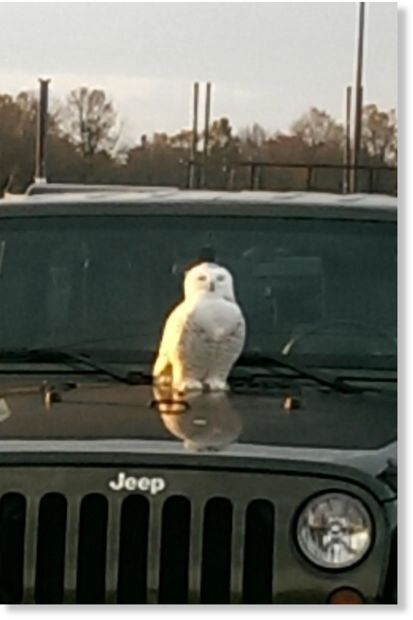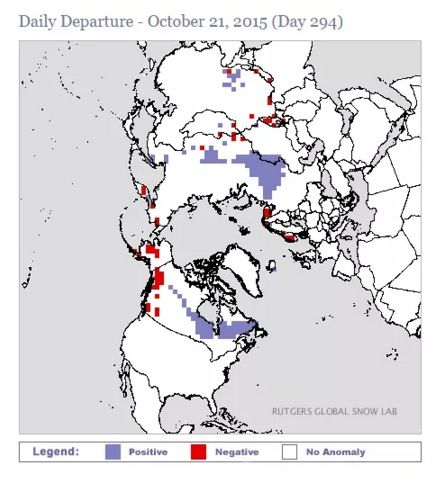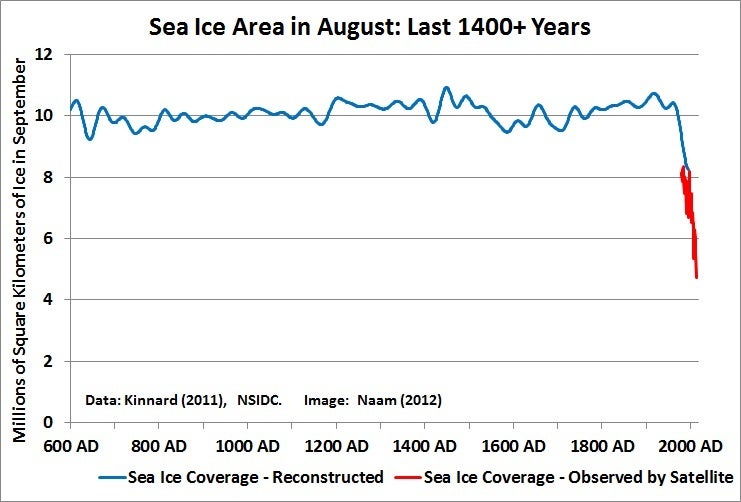| Topic: 30 Arctic Snowy owls arrive in Wisconsin, earliest and most | |
|---|---|

A snowy owl rests on a car in the Kohler Corporation parking lot Tuesday morning. Snowy owls, the big, white birds that nest in the Arctic and sometimes fly south in the fall and winter, have begun showing up in Wisconsin over the last week, captivating wildlife watchers and raising questions among scientists. About 30 snowy sightings were reported through Wednesday in Wisconsin, according to Ryan Brady, a wildlife biologist with the Department of Natural Resources who oversees the Wisconsin eBird website. The reports are earlier in the season and higher in number than any year on record. "It's unprecedented," said Tom Erdman, curator of the Richter Museum of Natural History at UW-Green Bay who began conducting snowy owl research in Wisconsin in the late 1950s. "It's causing us to ask 'Why?" The first snowy of the season was sighted Oct. 15 near Ashland in Bayfield County on Lake Superior. The next day one was seen in Crawford County in southwestern Wisconsin. On Tuesday lone snowies were reported in Kohler and Milwaukee. And on Cat Island in Green Bay earlier this week, six snowies were seen at once, Erdman said. Last year, the first snowy was reported in Wisconsin on Nov. 1. In 2013, the initial observation was Nov. 15. In recent decades, the first snowies have typically appeared in Wisconsin in mid-November, Brady said. "This year is completely taking people by surprise," Brady said. So far this fall, snowy owls have been reported in the western Great Lakes region, but none in the eastern U.S. Snowy owls are about two feet tall and weigh from 2 to 6 pounds, the largest owl by weight in North America. Sporting white plumage — with dark bars in female and younger birds — and luminous yellow eyes, the species has captured the fancy of humans long before Harry Potter books and movies came on the scene. Scientists have closely documented the species' movements into the U.S. since the 1800s. The data have shown relatively large southerly flights called "irruptions" about once every four or five years, Erdman said. The movements typically take place during years of high availability of lemmings — the primary prey of snowy owls in the Arctic — and high productivity of snowy owls. Once fledged, the young owls disperse to areas with less competition for food. But through history such years of high owl production occurred only periodically. The irruptions are now becoming "commonplace," Erdman said. Wisconsin experienced snowy owl irruptions in 2011-'12, 2013-'14 and 2014-'15. Modern data collection techniques are helping scientists determine the number of snowies that venture into Wisconsin each year. Brady said 290 "unique" snowies were recorded in the state in 2013-'14. Last winter, also a significant flight, saw 280 snowies in Wisconsin. Although it's still early, Erdman said it looks like this will be the third irruption in a row and fourth in five years. "There have been years when we had 30 birds in the whole state over an entire winter," Erdman said. "We've already had 30 birds this year in October. And we've never had three in a row. Something is going on." |
|
|
|
|
|
They are so cool to watch...
We do have an abundance up here also. Well I do know what the old timers are saying for this winter. Even though we are supposed to be a warmer milder winter if the scientists are correct the old timers say more snow this year. Which I am actually hoping for.. |
|
|
|
|
|
They are so cool to watch... We do have an abundance up here also. Well I do know what the old timers are saying for this winter. Even though we are supposed to be a warmer milder winter if the scientists are correct the old timers say more snow this year. Which I am actually hoping for.. some scientists are predicting a "slower" snow model for parts of Alaska, but that's mainly the inland parts...most of the state is in the normal snowfall predictions... 
|
|
|
|
|
|
They are so cool to watch... We do have an abundance up here also. Well I do know what the old timers are saying for this winter. Even though we are supposed to be a warmer milder winter if the scientists are correct the old timers say more snow this year. Which I am actually hoping for.. some scientists are predicting a "slower" snow model for parts of Alaska, but that's mainly the inland parts...most of the state is in the normal snowfall predictions... 
Thanks for the update I was just repeating what our local news casters were reporting this am. Teach me not to do my own research |
|
|
|
|
|
They are so cool to watch... We do have an abundance up here also. Well I do know what the old timers are saying for this winter. Even though we are supposed to be a warmer milder winter if the scientists are correct the old timers say more snow this year. Which I am actually hoping for.. some scientists are predicting a "slower" snow model for parts of Alaska, but that's mainly the inland parts...most of the state is in the normal snowfall predictions... 
Thanks for the update I was just repeating what our local news casters were reporting this am. Teach me not to do my own research no worries, none of it is true, every scientist will say something different... i would talk to the natives there, they would know more about it than anyone else... |
|
|
|
|
|
Edited by
Drew8888
on
Tue 10/27/15 12:37 AM
|
|

The Snowy Owl's natural environment (sea ice) is fading away at a more alarming rate than anticipated. A true doomsday scenario for all of us. Somebody better get some white tarps and cover up the Artic seas during summer or we are all going to be screwed, not just the Snowy Owl. 
|
|
|
|
|

The Snowy Owl's natural environment (sea ice) is fading away at a more alarming rate than anticipated. A true doomsday scenario for all of us. Somebody better get some white tarps and cover up the Artic seas during summer or we are all going to be screwed, not just the Snowy Owl. 
its a liberal scam... i don't buy into the "global warming" nonsense... |
|
|
|
|
|
~~~~Thread BUMP....to clear the cobwebs
|
|
|
|
|









